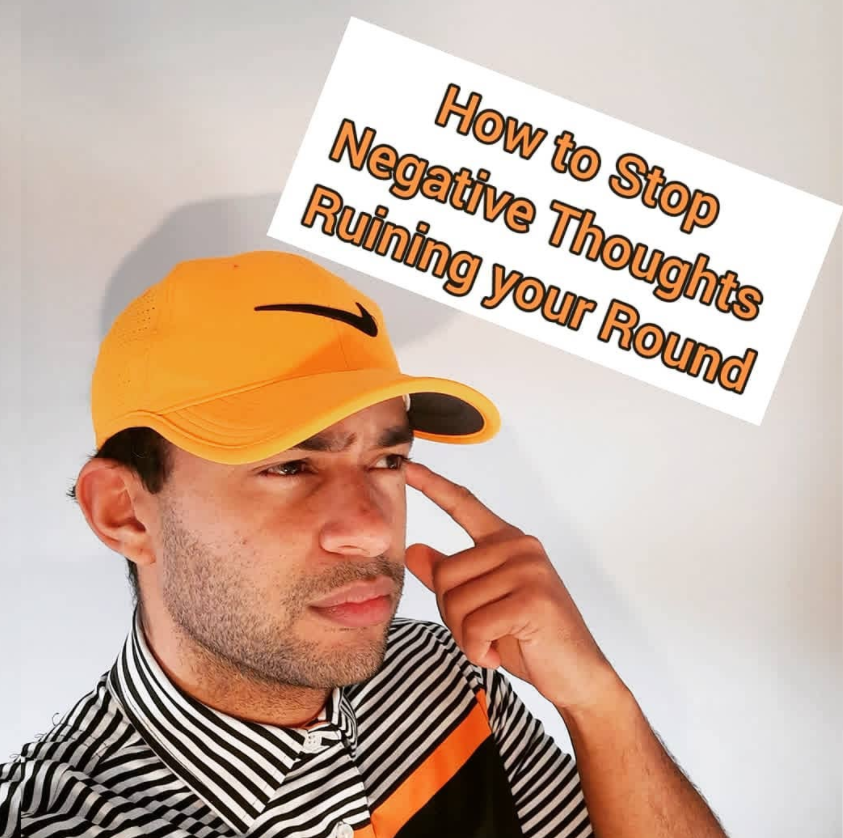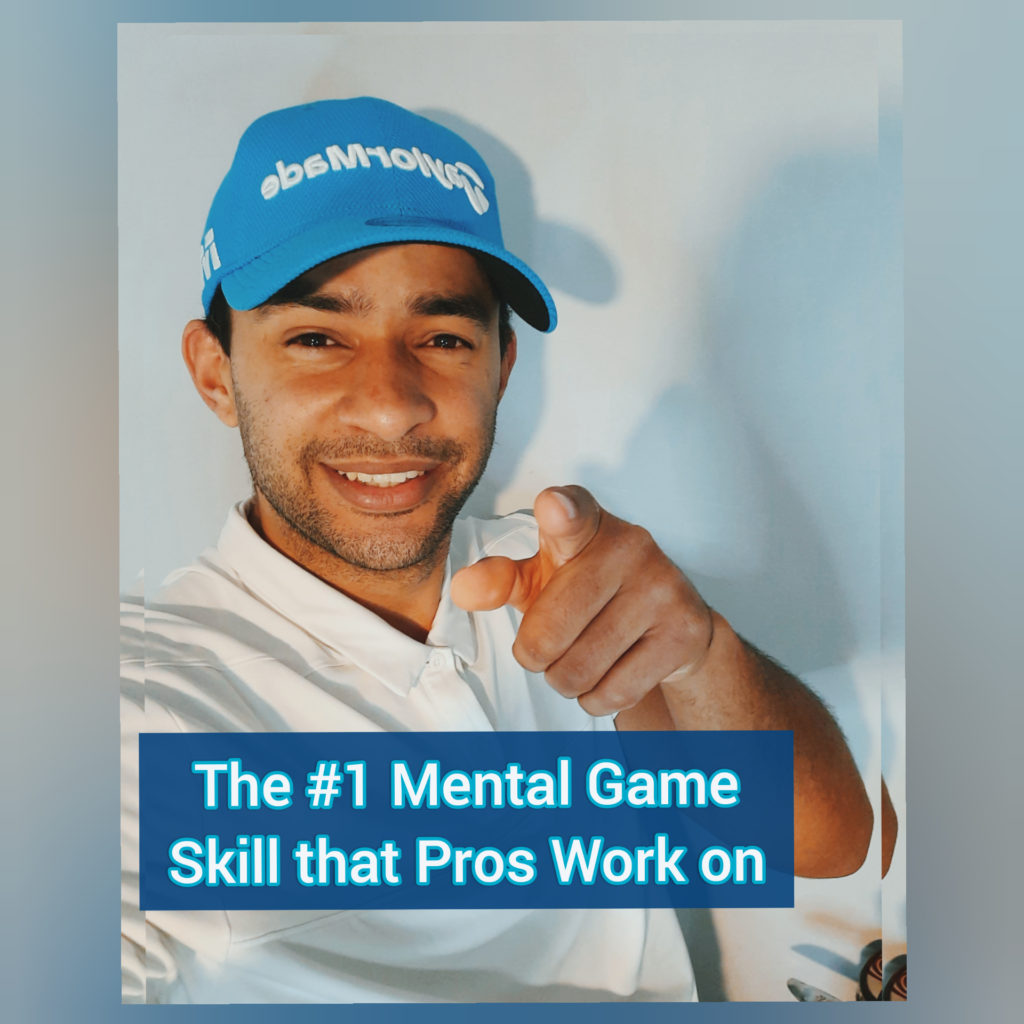If I see a golfer still being “angry” after 10 seconds have gone by, I know that they are in danger of losing their grasp on present moment Golf and being stuck in the past.
The uniqueness of golf is it’s variables. That’s why just ball after ball on the range won’t necessarily improve your score. More on that in another chapter.
The reason why the saying “there are no pictures on the scorecard” became so popular is because the aim of the game is to get the ball in the hole it the fewest amounts of shots possible. There are no extra points for “pretty”.
Being angry for longer than 10 seconds means that you are directly making your chances of getting the ball in the hole in the in the fewest shots possible worse. Your focus isn’t in the most effective place (the next shot), it’s on that which you no longer have any power over.
Worse still, that level of anger literally makes your swing worse. An angry mind introduces tension into the body, tightens the muscles and makes motion less fluid.
This may not be what you want to hear, but staying angry after a bad shot is your choice.
Whenever I talk about anger, people smugly mention the name “Tyrell Hatton” to me. At the time of writing Hatton is the number 5 men’s golfer in the world.
Tyrrell is a phenomenal golfer with a lot of passion, drive and sometimes, angry moments. People seemed to think that Hatton played better the angrier he got which, of course is theoretically possible. Humans are complicated beings and there are always anomalies.
However, let’s actually assess Tyrell’s climb the to the heights of the Top 5 golfers in the world. He has clearly chosen to channel the energy in a different way as the years have gone on. I call it “passionate acceptance”.
Tyrrell still has passionate, audible responses to shots that don’t go as planned but now they are almost amusing, rather than distracting (to him or his partners). Things like sarcastically saying “You really are brilliant” or an ironic ‘Thumbs up’ to the golf ball. This isn’t really anger at all and he isn’t shouting, swearing and thrashing around as someone who is staying angry. By the time he gets to the ball, wherever it might be, he’s ready for the next shot.
This “Passionate Acceptance” seems more achievable for most golfers than simply “acceptance”. Yes, there is room for a little, very short lived “response” but then a very quick acceptance to whatever happened to a shot, moving on to the next one.
This can be difficult to golfers like you that are reading this. Golfers that want to improve. It feels like you don’t care, or you somehow condone poor quality golf. That’s not what I’m saying at all. When you’ve completed the 18 holes, of course, assess where and how you made your mistakes and add the lessons to your game improvement plan.
Practicing acceptance in this way is, in fact, the crucial way to improve your mentality on the golf course. As you get better at it you will notice how much more often you “bounce back” and score well after ‘bad starts’ or errors.
Passionate Acceptance, can be seen in all great golfers and is linked to their high levels of patience. Great golfers understand that strange things happen, they’re human and even with their 50 hours of practice per week, things can, and will go wrong. And that’s okay.
The more rapidly you accept the outcome of the previous shot, the more likely you are to perform the next shot as you intend to. Ultimately, making you closer to the intention of this great game; getting the ball in the hole in the fewest shots possible.
Want more? Click the button below to access our free Golf Mental Game Training Membership:


